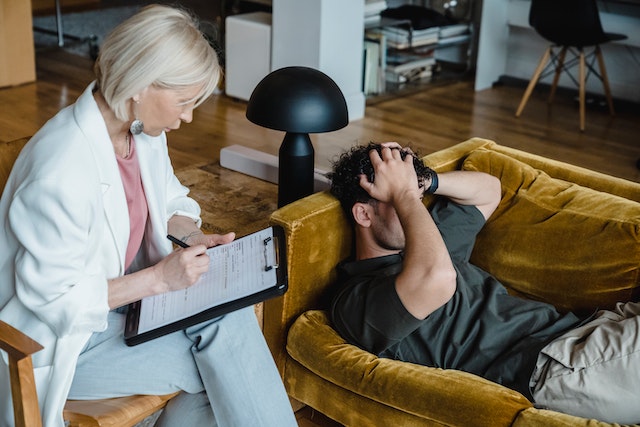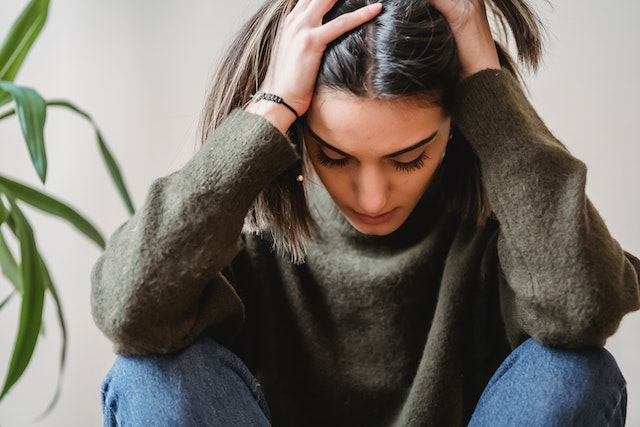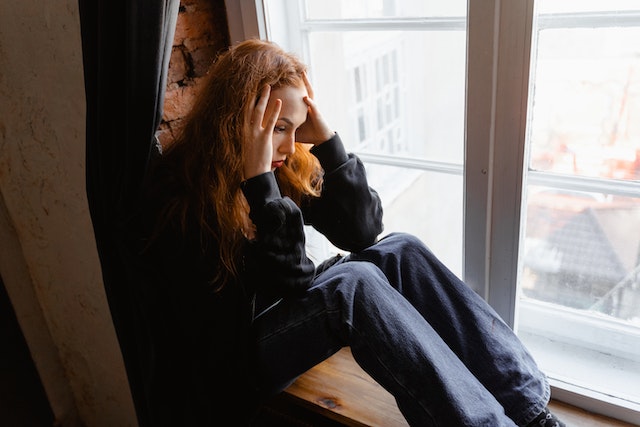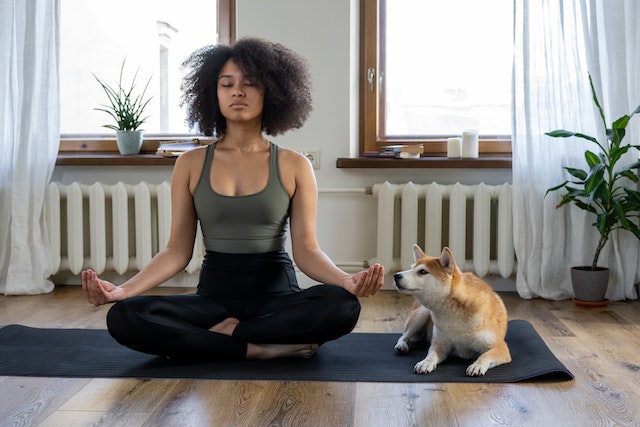Techniques for Managing Stress and Anxiety
Feeling overwhelmed and stressed is a common experience for many people. When our emotions become too much to handle, it can be challenging to know what to do to calm ourselves down. Fortunately, there are various self-soothing and grounding techniques that can help you manage your stress and anxiety. In this article, we will explore some of the most effective techniques you can use to cope with overwhelming emotions.
Self-Soothing Techniques
How to Comfort Yourself When You Feel Overwhelmed
Sensory Self-Soothing
- Engage your senses to distract yourself from your emotions
- Examples: take a warm bath, light a scented candle, listen to calming music, or hold something soft
Self-Compassion
- Be kind and gentle with yourself, acknowledging that it’s okay to feel what you’re feeling
- Examples: give yourself a hug, say kind things to yourself, write down encouraging affirmations
Imagery
- Use your imagination to transport yourself to a calming place
- Examples: visualize a peaceful beach, imagine a serene forest, or create a happy memory in your mind
Grounding Techniques
How to Connect with the Present Moment and Calm Yourself Down
5-4-3-2-1 Technique
- Engage your senses by naming five things you can see, four things you can touch, three things you can hear, two things you can smell, and one thing you can taste
- This technique helps bring you back to the present moment and out of your head
Box Breathing
- Inhale for four seconds, hold for four seconds, exhale for four seconds, and hold for four seconds
- This technique helps regulate your breathing and can reduce feelings of anxiety
Grounding Objects
- Use an object to help you stay connected to the present moment
- Examples: hold a smooth stone, squeeze a stress ball, or touch a textured surface
Combining Techniques
How to Use Self-Soothing and Grounding Techniques Together for Maximum Benefit
Progressive Muscle Relaxation
- Tense and release each muscle group in your body while practicing box breathing or using a grounding object
- This technique can help release tension in your body and calm your mind
Mindful Walking
- Take a walk outside while using the 5-4-3-2-1 technique or engaging in sensory self-soothing
- This technique helps connect you with nature and the present moment while calming your mind
Meditation
- Use imagery and self-compassion while practicing deep breathing and box breathing
- This technique can help you achieve a state of relaxation and inner peace
Self-soothing and grounding techniques are powerful tools for managing stress and anxiety. By engaging your senses and staying connected to the present moment, you can calm yourself down and regain a sense of control. Experiment with these techniques and find the ones that work best for you. Remember, self-care is essential, and taking care of yourself should always be a top priority.

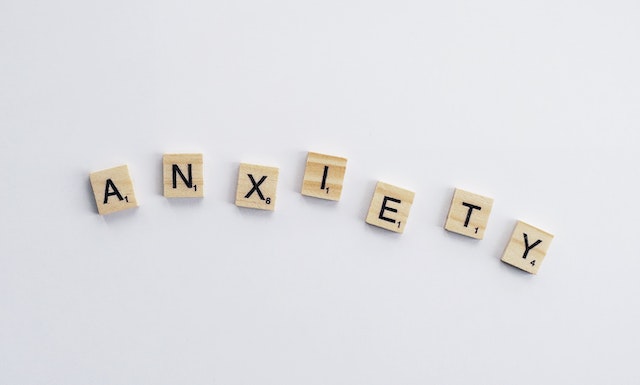
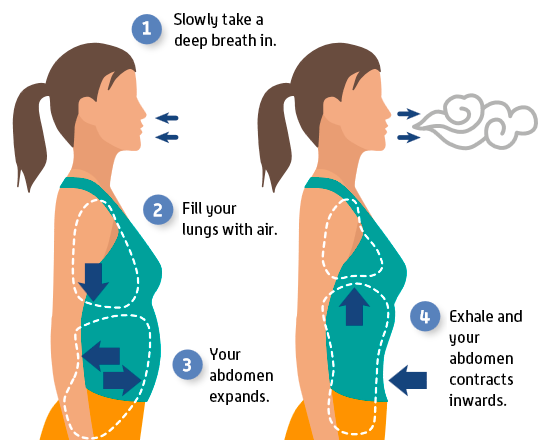 Sit or lie down in a comfortable position and place one hand on your belly. Breathe in deeply through your nose, allowing your belly to expand. Hold your breath for a few seconds, then exhale slowly through your mouth, pulling your belly in. Repeat for several minutes until you feel calmer.
Sit or lie down in a comfortable position and place one hand on your belly. Breathe in deeply through your nose, allowing your belly to expand. Hold your breath for a few seconds, then exhale slowly through your mouth, pulling your belly in. Repeat for several minutes until you feel calmer.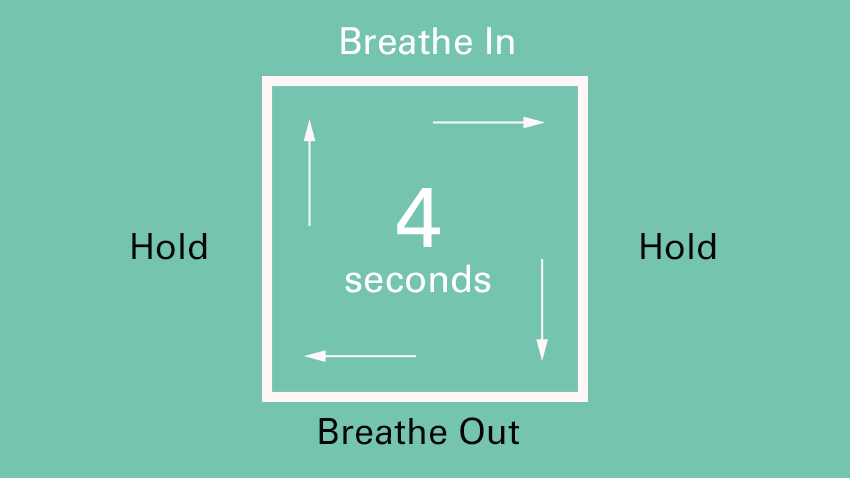 Inhale deeply through your nose for four seconds, hold your breath for four seconds, exhale through your mouth for four seconds, and hold your breath for four seconds before inhaling again. Repeat for several minutes.
Inhale deeply through your nose for four seconds, hold your breath for four seconds, exhale through your mouth for four seconds, and hold your breath for four seconds before inhaling again. Repeat for several minutes.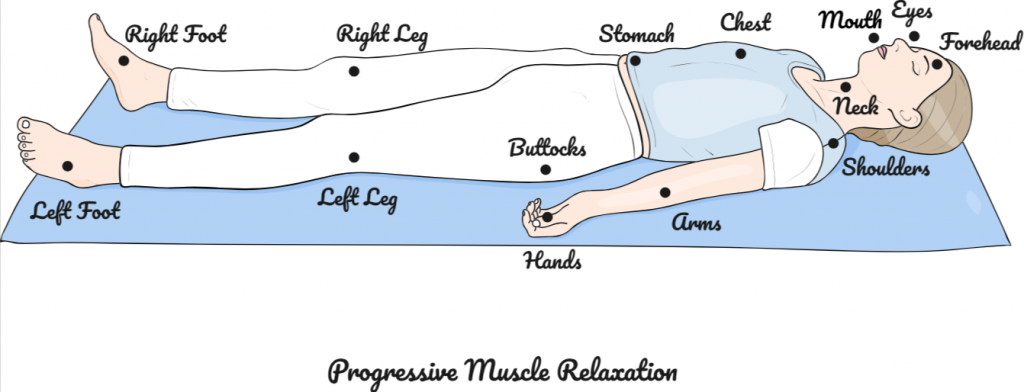 Start by tensing and relaxing your toes, then work your way up your body, tensing and relaxing each muscle group as you go. Focus on your breath and the sensation of relaxation in your muscles.
Start by tensing and relaxing your toes, then work your way up your body, tensing and relaxing each muscle group as you go. Focus on your breath and the sensation of relaxation in your muscles.

